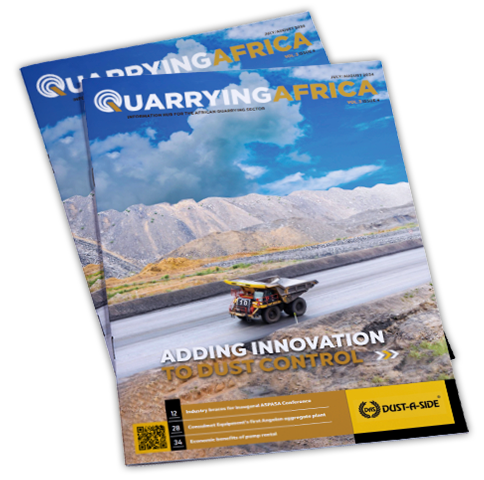Despite the documented operational challenges brought about by the COVID-19 pandemic, ASPASA members have once again exhibited elevated levels of health & safety compliance. Members audited in the association’s 2021 ISHE Audit demonstrated total commitment to the industry’s quest for zero harm in the face of difficult operating conditions, writes Munesu Shoko.
That the past two years will be remembered as the most difficult in managing health & safety at operations is no overstatement. Nonetheless, ASPASA members have managed to maintain high standards on their sites. Testimony to this is the 89,19% average score achieved in the 2021 ISHE Audit.
The enforcement of strict COVID-19 protocols and the non-stop development and implementation of health & safety management systems, says ASPASA ISHE auditor Marius van Deventer, is testimony to the industry’s commitment to mitigate what is believed to be the biggest health and safety challenge in modern history.
Speaking at a recent ASPASA event, Van Deventer noted that there was a notable increase in the number of operations audited in 2021 than in 2020. A total of 69 operations participated in the audit, compared with 48 the previous year.
“Despite the challenges brought about by the pandemic, the majority of ASPASA members agreed to continue with the ISHE Audits for 2021, with strict COVID-19 protocols followed throughout the process. In the end, we tackled the audit with a positive attitude under strenuous circumstances, driven by the commitment to add value to the industry,” says Van Deventer.
Audit findings
The ISHE Audit, explains Van Deventer, covers all operations on the mine that fall under the legal requirements of the Mine Health and Safety Act and applicable regulations. In 2021, audits were also done for members who run operations that are governed by the Occupational Health and Safety Act. Both audit protocols are frequently revised and updated in line with new legal requirements and industry standards.
The audit process is designed to provide guidance and to add momentum to the industry’s quest for Zero Harm. Knowledge and experience are shared between operations, thus uplifting best practice and compliance standards at industry level.
A total of 69 operations were audited during 2021, with some members opting out of the audit due to COVID-19 restrictions at their operations. Although the average score for the year was 0,25% lower than the previous year, some encouraging improvements were recorded, in the face of tough operating conditions.
“The average score of the 2021 ISHE Audit was 89,19%, with the highest being 97,63% and the lowest 70,4%. Some 60% of the audited members scored more than 90%, which is an excellent achievement. Special recognition is given to those quarries that achieve Showplace Status, but to be honest, it’s no easy feat to score above 90% in this audit,” says Van Deventer.
A total of nine operations achieved Showplace Status (95%+), while 33 operations achieved 5 Shield Status (90 – 95%). Some 19 operations attained 4 Shield Status (80 – 90%), with eight managing 3 Shield Status (70 – 80%). No operation scored below 70%, which shows the high-level nature of compliance among ASPASA members.
Free State-based Qwa Qwa Quarry was the Top Performer in the 2021 ISHE Audit, with a score of 97,63%. This was a significant improvement for the operation, having placed 27th in the 2020 audit with a 90,75% score. Qwa Qwa Quarry has over the years won numerous ASPASA Showplace awards and produces some of the highest specification road and asphalt stone in the country. It is a benchmark of how any quarry operation should look like.
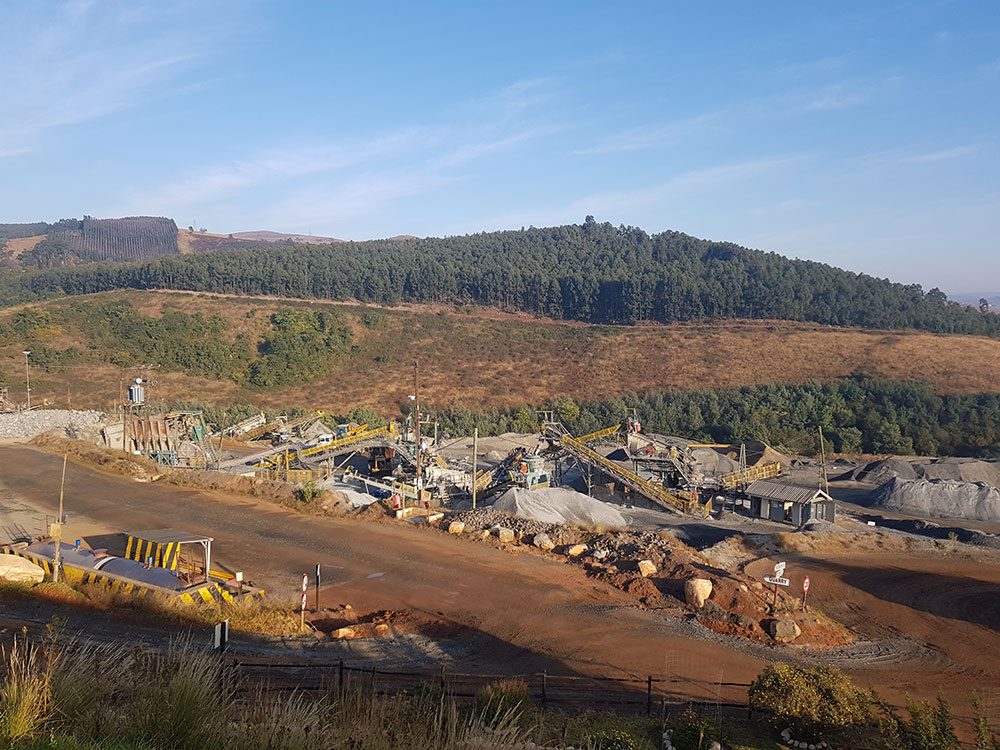
Positive observations
According to Van Deventer, the sharing of information continues to be a crucial aspect of the audit process, with quarry managers eager to learn from their peers to improve their own health and safety performances.
“Overall, high health and safety standards were maintained throughout the industry under difficult conditions. We have also noted a significant improvement in the compliance to machine guarding requirements. Some operations have also made expensive modifications and improvements to their crushing and screening plants to further improve their health and safety standards,” he says.
During the audit period, no serious incidents were recorded because of mine failure or blasting incidents. No mining fatalities were recorded, although a few noise-induced hearing loss (NIHL) incidents were logged.
Van Deventer adds that employees are better informed about the requirements of a safe work environment. Compliance to COVID-19 protocols remains high, with wearing of face masks, sanitising and social distancing taking centre stage across operations.

Areas of attention
While the 2021 audit has once again demonstrated ASPASA members’ commitment to health and safety of their employees and all other parties affected by their operations, Van Deventer however notes that several “silly” accidents, which he believes could have been prevented, were recorded during the year.
“Of concern were the many lost time injuries, disabling injuries and reportable injuries recorded during the audit period. We also discovered that there was poor identification of risks and/or non-compliances in some instances. This was exacerbated by poor inspections and deviations. This is either due to incompetence of the people doing the inspections, or the inspection itself has become a box-ticking exercise,” says Van Deventer.
Most managers have identified the psychological effect of COVID-19 as the root cause of most of these accidents. Although COVID-19 is wreaking havoc on sites, Van Deventer is concerned about the general lack of proper investigations to establish the real cause of some of the recorded accidents. Proper investigations, he says, are crucial in the implementation of control measures to prevent same incidents from happening in future.
Commenting on Traffic Management Plans, Van Deventer notes that several operations did their risk assessments a few years ago, in accordance with legal requirements, which saw subsequent plans being put together to segregate vehicle-to-vehicle and vehicle-to-person interaction. However, implementation of such traffic management plans has come to a grinding halt during the past two years as no further developments were identified at most quarries.
Additionally, failure to comply with trackless mobile machinery (TMM) pre-start checklist hazard classification has been noted as an area that needs immediate attention. Poor housekeeping in plants is also contributing to dust exposure. This is compounded by poor compliance to isolation and lockout requirements.
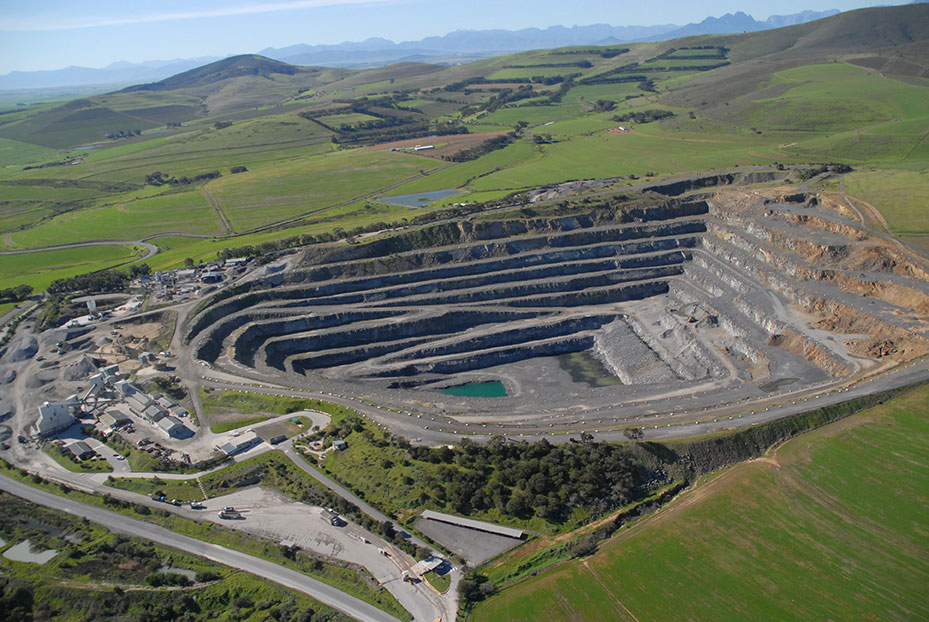
Recommendations
In conclusion, Van Deventer says as the COVID-19 pandemic continues unabated, operations need to find new ways of driving their health and safety programmes to ensure legal compliance. The COVID-19 protocols, he says, are well established by now and known by everybody, and there is need to refocus and continue with the health and safety campaigns.
Van Deventer adds that employees need to understand why health and safety programmes are developed; why checklists should be correctly completed every day; why isolation records and permits need to be signed off before a plant or machine can be started after maintenance work; the benefits of planned task observations and near miss reporting and the correct way of doing accident and incident investigations to get to the root cause by not focusing on an individual but rather on the problem. These are all human factors that must be addressed to change the safety culture at workplaces, he says.
“Every operation needs to find a way to set up proactive programmes in line with the core values of the organisation, to promote a health and safety culture for the benefit of all employees and other stakeholders,” concludes Van Deventer.
This story first appeared in the January/February issue of Quarrying Africa.

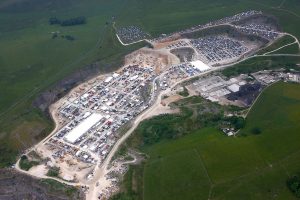
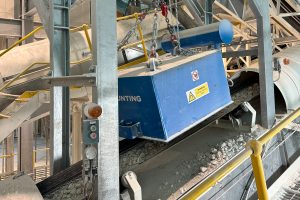


![Data from the World Risk Poll shows that one in five (21%) people in mining and quarrying occupations have experienced harm at work in the past two years. [Photo by Shane McLendon on Unsplash]](https://quarryingafrica.com/wp-content/uploads/2024/10/shane-mclendon-89hUOLtVfoI-unsplash-300x225.jpg)
